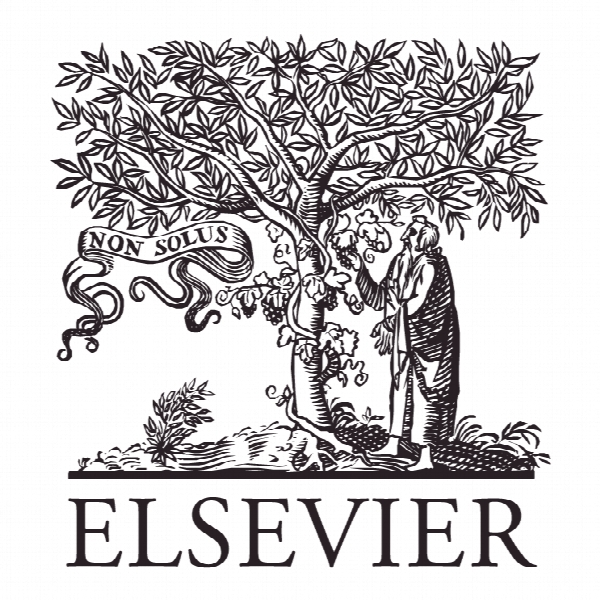مسئولیت اجتماعی شرکت و ظرفیت های نوآورانه Corporate social responsibility and innovative capacity: Intersection in a macro-level perspective
- نوع فایل : کتاب
- زبان : انگلیسی
- ناشر : Elsevier
- چاپ و سال / کشور: 2018
توضیحات
رشته های مرتبط مدیریت
گرایش های مرتبط مدیریت کسب و کار و نوآوری تکنولوژی
مجله تولید پاک تر – Journal of Cleaner Production
دانشگاه Laboratory of Operations Research – Department of Economics – University of Thessaly – Greece
منتشر شده در نشریه الزویر
کلمات کلیدی مسئولیت اجتماعی شرکت؛ ظرفیت نوآوری ملی؛ شاخص کشور؛ تجزیه و تحلیل سطح کلان
گرایش های مرتبط مدیریت کسب و کار و نوآوری تکنولوژی
مجله تولید پاک تر – Journal of Cleaner Production
دانشگاه Laboratory of Operations Research – Department of Economics – University of Thessaly – Greece
منتشر شده در نشریه الزویر
کلمات کلیدی مسئولیت اجتماعی شرکت؛ ظرفیت نوآوری ملی؛ شاخص کشور؛ تجزیه و تحلیل سطح کلان
Description
1. Introduction Over the past three decades the notion of corporate social responsibility (CSR) has reached a level of maturity redefining business models and supporting shared-value creation (Porter and Kramer 2011). Recent drastic socioeconomic and political changes, inefficiencies in the public sector of many countries along with limited resources due to macroeconomic instability (e.g. the 2008-09 economic downturn), urge business to engage more actively in the mitigation of pressing social and environmental problems beyond a mere management of externalities and towards a value creation for the common good. In this context, a growing number of companies are shaping CSR strategies to stimulate innovation and differentiate themselves from peers (Hull and Rothenberg, 2008). Numerous scholars, given the capital scarcity of the recent economic turbulence, have emphasized on business model innovation as a facilitator of organizational, technological and strategic change. Such change can be materialized through the leverage of (tangible and intangible) resources around the business case for CSR and in order to amplify cost and differentiation advantages over competitors (Mitchell and Coles, 2003; Johnson and Suskewicz, 2009; Amit and Zott, 2010; Yunus et al., 2010). Posing a more systemic view of organizational performance (strategic-operational levels) and mission (culture and value system levels), the multifaceted CSR construct offers an array of opportunities to innovate through new products-services, emerging markets, organizational processes or management systems and structures (Maroušek, 2013; Maroušek et al., 2015; 2016). Engaging in meaningful (i.e. strategic) CSR eventually leads to innovation as both concepts are built around reflection, learning and performance refinement (Grieshuber, 2013); a ‘thinking-out-of-the-box’ mentality. Under this ‘lens’, business are no more viewed as mere generators of wealth but as creators of long-term stakeholder value (Freeman et al. 2010), as citizens (Moon et al., 2005) as well as primary movers in social capital accumulation and social change (Donaldson and Dunfee, 1999; Kaasa et al., 2007). In this respect, several scholars (e.g. see Pujari, 2006; Cohen and Winn, 2007; Schaltegger and Wagner, 2011) have pinpointed the mediating role of CSR considerations in the organizational capability to innovate as it potentially offers an expanded viewpoint of business performance among diverse aspects and dimensions (i.e. a triple-bottom-line perspective) and different knowledge sources (e.g. external stakeholder groups previously undetected).


